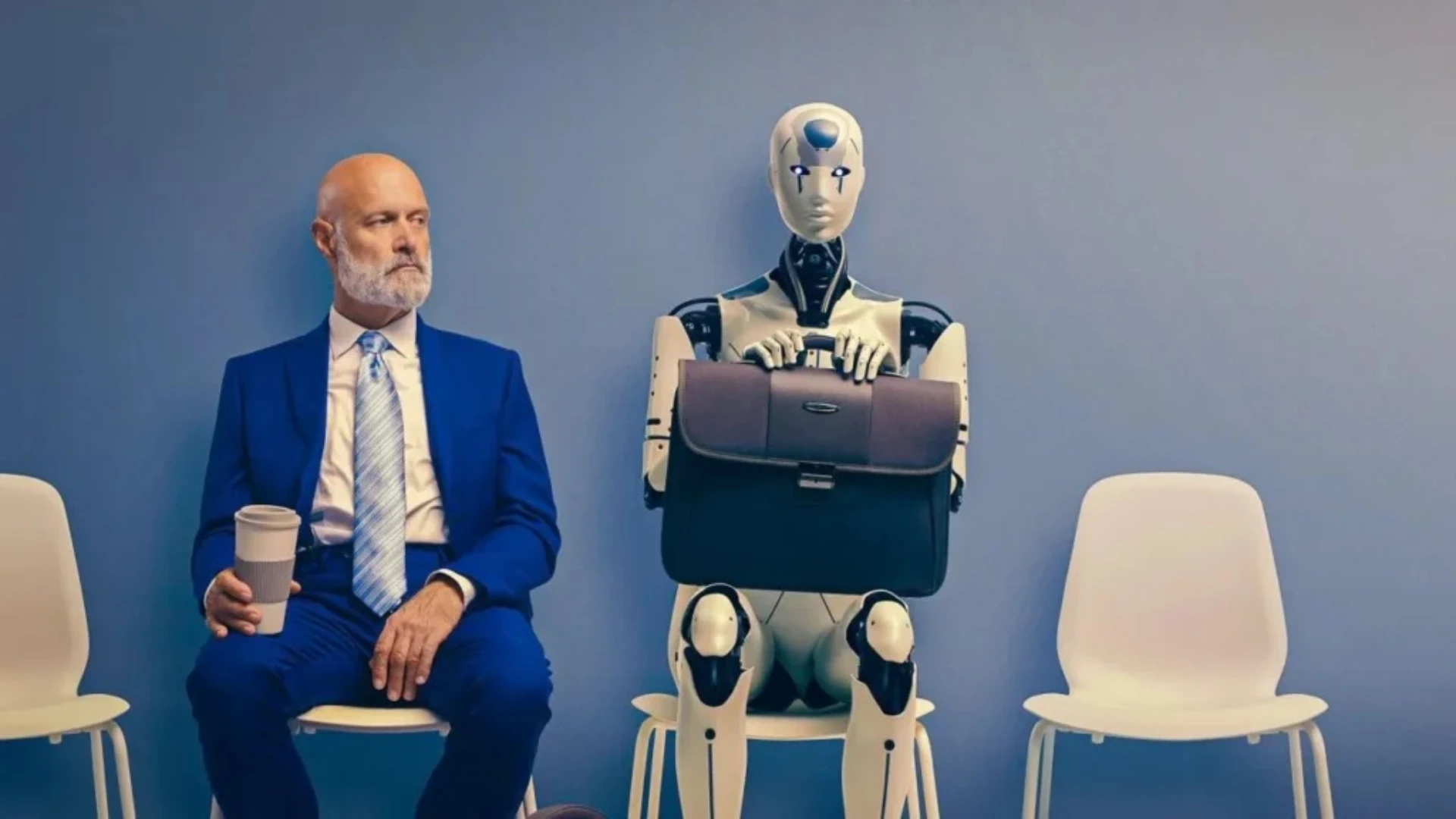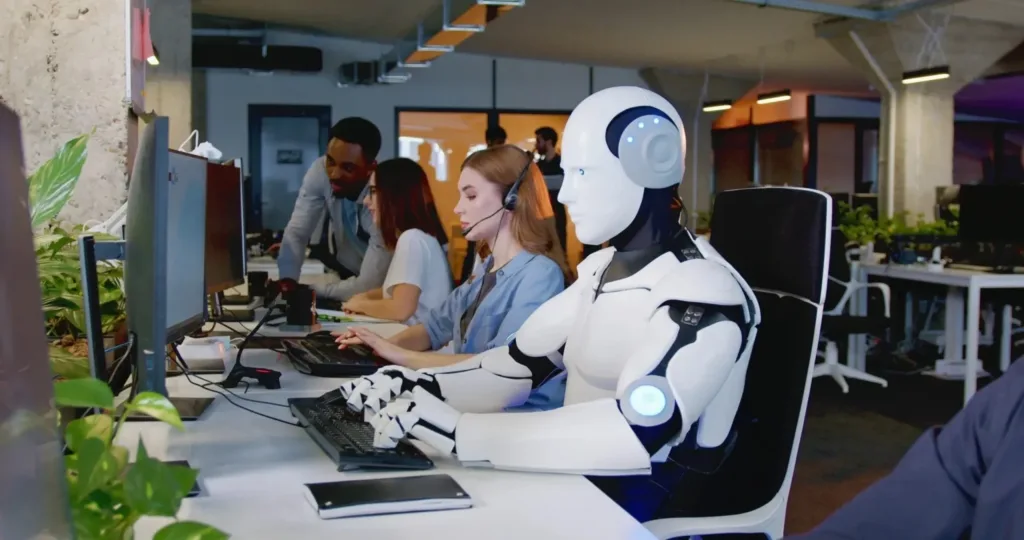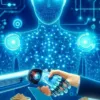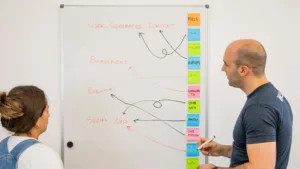
What Are the Pros and Cons of AI Replacing Human Jobs?
Introduction
The rise of Artificial Intelligence (AI) has sparked a global debate about its impact on employment. As AI systems grow more sophisticated, the possibility of AI replacing human jobs is becoming a reality. From manufacturing to customer service and even creative fields, AI-driven automation is reshaping the way we work.
But is this shift positive or negative? Does AI create opportunities, or does it leave millions of people unemployed? In this article, we will explore the pros and cons of AI replacing human jobs, highlighting how this technological revolution can both benefit and challenge societies worldwide.

- Artificial Intelligence
- Automotive / Luxury Cars
- Blog
- Books
- Business
- Community Leaders
- Editor's Pick
- Education
- Fantasy Art
- Featured
- Finance
- Happiness
- Health & Fitness
- Health & Wellness
- Life
- Lifestyle
- Mindset
- Miscellaneous
- News
- Novels
- Other
- Personal Development
- Personal Growth & Productivity
- Productivity
- Psychology
- Psychology and Human Behavior
- Relationship
- Success
- Technology
- Video Games
Pros of AI Replacing Human Jobs
1. Increased Efficiency and Productivity
AI-powered machines and software can process massive amounts of data and perform repetitive tasks faster than any human. This results in:
- Quicker turnaround times in industries like finance, logistics, and manufacturing.
- 24/7 operation without fatigue, reducing delays and human errors.
By automating repetitive tasks, AI frees up human workers to focus on strategic and creative roles, driving business growth and innovation.
2. Cost Savings for Businesses
Replacing or augmenting human jobs with AI reduces operational costs for businesses:
- Lower wage expenses for repetitive or hazardous roles.
- Reduced training and recruitment costs since AI systems only need periodic updates.
These savings often allow companies to reinvest in innovation and expansion, creating new job opportunities in AI-driven industries.
3. Enhanced Safety in Hazardous Environments
In industries like mining, chemical manufacturing, or deep-sea exploration, human workers often face dangerous conditions. AI replacing human jobs in these areas minimizes risk and protects human lives.
- Example: AI-driven robots in oil rigs or nuclear plants handle high-risk tasks, improving overall safety.
This ensures that people can work in safer, more intellectually engaging positions instead of life-threatening roles.
4. Improved Accuracy and Consistency
Humans can make mistakes due to fatigue, emotional stress, or distractions. AI systems, when properly trained, perform tasks with remarkable precision and consistency.
- Example: AI in healthcare assisting with diagnostics reduces the margin of error in detecting diseases.
Such reliability boosts consumer trust and enhances product and service quality across industries.
5. New Job Creation in Emerging Fields
A common misconception is that AI replacing human jobs always leads to unemployment. In reality, automation often creates new roles that didn’t exist before. For example:
- AI engineers and data scientists are in high demand.
- Roles in AI maintenance, ethics, and cybersecurity are rapidly growing.
Just as previous industrial revolutions replaced some jobs but created entirely new sectors, AI is generating opportunities for individuals with updated skills.
Cons of AI Replacing Human Jobs
1. Job Displacement and Unemployment
The most significant drawback is job loss for workers performing repetitive or routine tasks. For example:
- Automated checkouts reduce cashier positions.
- AI chatbots handle customer service calls, reducing call center roles.
This sudden transition can leave millions unemployed, particularly in industries where re-skilling is challenging or unavailable.
2. Widening Income Inequality
AI replacing human jobs often benefits companies and highly skilled professionals, while low-skilled workers face the risk of unemployment.
- High-paying AI development roles are out of reach for workers without advanced technical skills.
- Wealth concentration increases among tech companies and skilled laborers, leading to a bigger socio-economic gap.
Without proper government intervention and re-skilling programs, income inequality could worsen significantly.
3. Loss of Human Touch and Creativity
Certain jobs require emotional intelligence, empathy, and creativity, which AI still struggles to replicate. Examples include:
- Therapists or social workers who offer emotional support.
- Artists or writers who create work based on deep cultural understanding and personal experiences.
By replacing human jobs in areas that need emotional connection, companies risk alienating customers and lowering service quality.
4. Ethical and Security Concerns
Relying heavily on AI raises serious ethical questions:
- Who is accountable if an AI system makes a harmful decision?
- How secure are AI-driven systems from cyberattacks?
For instance, AI replacing human jobs in finance or legal industries could create biases or errors that directly affect people’s lives, raising concerns about trust and fairness.
5. Dependency on Technology
When companies rely too much on AI, they risk losing essential human skills and decision-making abilities.
- Over-automation can cause problems if systems fail.
- Workers might lose motivation or struggle to adapt when manual intervention is required.
This powerful trend of heavy reliance on AI emphasizes the need for balanced integration, where humans still retain critical control.

Industries Most Affected by AI Replacing Human Jobs
- Manufacturing → Assembly lines and quality control use robotic systems.
- Retail → Self-checkouts and AI-driven supply chain management reduce human roles.
- Transportation → Self-driving vehicles and automated logistics reduce trucking and delivery jobs.
- Finance → AI in banking and stock trading limits back-office roles.
- Customer Support → AI chatbots and voice assistants replace traditional call center jobs.
How Can Humans Adapt?
1. Upskilling and Reskilling
Learning new skills in areas like AI programming, data analysis, or cybersecurity ensures long-term career stability.
2. Focus on Human-Centric Skills
Jobs requiring creativity, critical thinking, and emotional intelligence will always need a human touch. Examples include strategic management, counseling, or innovative product design.
3. Embrace Human-AI Collaboration
Instead of resisting change, workers can leverage AI tools to increase productivity.
- Marketing professionals can use AI for analytics while focusing on creative campaigns.
- Healthcare workers can use AI diagnostics while providing personalized care.
Future Outlook: AI and Humans Together
Governments, companies, and individuals must work together to:
- Implement reskilling programs.
- Establish ethical AI frameworks.
- Promote industries where human skills are irreplaceable.
The key is to treat AI as a partner, not a replacement.
Conclusion
The debate over AI replacing human jobs has valid arguments on both sides. On one hand, AI boosts productivity, safety, and innovation. On the other hand, it threatens job security and raises ethical and emotional challenges.
The best path forward is collaboration rather than competition. Humans must adapt through education, policy changes, and embracing technologies that enhance their capabilities. Instead of fearing AI, we should harness its potential to build a future where humans and machines work together to achieve incredible things.













Add comment